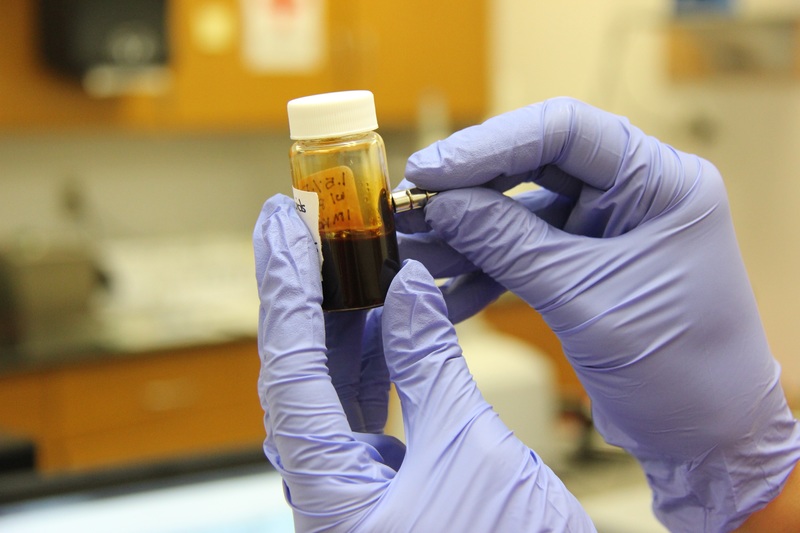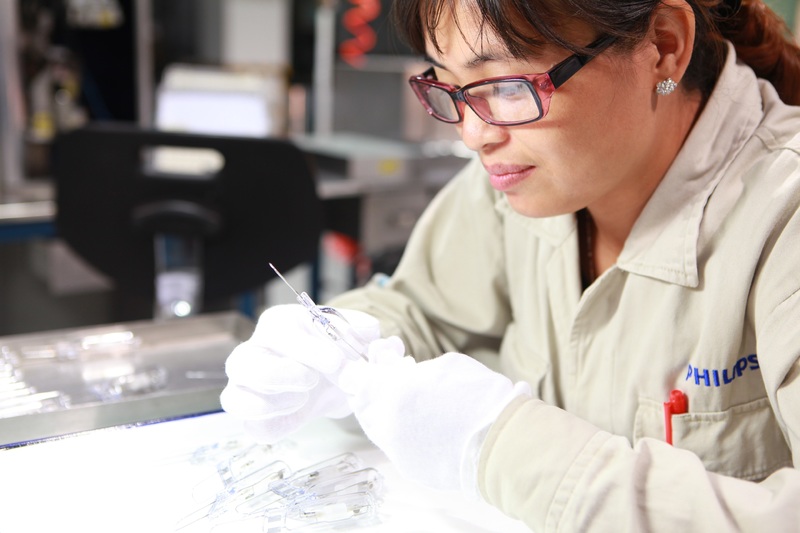It’s no secret that additive manufacturing (AM) has massive potential in all kinds of innovative solutions across industries. In healthcare, 3D printing stands to revolutionize products and care solutions alike for the benefit of millions across the world.
But understanding where additive manufacturing is being applied in the healthcare industry requires a look into some of the use cases of this foundational technology. Into 2021 and beyond, the AM industry will continue to expand into healthcare. The coronavirus pandemic only prompted the need for new healthcare solutions that save money and offer greater patient flexibility. Additive manufacturing offers exactly that.
Here, we explore how additive manufacturing is being applied in healthcare now and how it may be applied in the future.
Bioprinting
Bioprinting is one unique process of additive manufacturing in the construction of human-like organs and tissues. Like something out of science fiction, this process allows care professionals to create their own life-saving replacement tissues, often using the cellular information of the patient they are treating.
In a groundbreaking case, Dr. Anthony Atala and his team at the Wake Forest Institute for Regenerative Medicine used an inkjet printer to create a replacement bladder for an ill patient. Laid over a 3D scaffold, the printer used human cells taken from patient blood in order to assemble a new organ with the patient’s own DNA. Dr. Atala and his team have had great success in implementing this bioprinting solution in the creation of a variety of organs, including heart valves and livers.
Bioprinting may just be the most exciting innovation of additive manufacturing. For patients in need of a transplant, this can end the painful rejection process as well as the long wait times associated with donor lists. But bioprinting isn’t the only advancement of 3D printing processes in healthcare.

Personalized Medical Devices
Another of the most exciting features of 3D printing is that it allows us to develop products that can be easily customized to fit the needs of a diverse consumer base. The same is true with AM healthcare solutions.
Take prosthetics, for example. Currently, many amputees have to wait months to receive a prosthetic that is designed specifically to fit their own body. With the application of 3D printing in prosthetic development, these customized devices can be distributed to patients more quickly, cheaply, and effectively.
The beauty of additive manufacturing is that it can meet our bodily needs sometimes without us even needing to visit a health care professional. For example, when artist Ivan Owen designed a 3D-printed mechanical hand as part of a steampunk costume, it gained the attention of one South African Carpenter who had lost some fingers in an accident. This carpenter then contacted Owen and worked with him on a prosthetic hand design for himself.
This kind of custom and community-building approach to healthcare may just make a world of difference in the accessibility of prosthetics and all kinds of personalized medical devices.
Medical Materials
Additionally, the role of additive manufacturing in creating and utilizing sustainable medical materials can offer cost savings across the board. For care facilities and consumers alike, this feature of 3D printing is likely to be a game-changer. Currently, sustainability and climate change are on the minds of manufacturers across industries. This will undoubtedly lead to new and growing interest in the additive manufacturing industry.
Because additive manufacturing is used to build a product bit by bit using 3D modeling software, money can be saved in building more efficient prototypes. As a result, care professionals can create the kinds of assistive tools they need at a lower cost. This can take the form of drill guides for dental care to surgical assistive devices that can be adjusted to fit the unique anatomy of the patient.
When medical device company Coalesce was building customized inhaler devices, they looked at 3D-printing as a method of producing prototypes more quickly and efficiently. The result was an 80 to 90% reduction in prototype development time, with some parts only taking a mere eight hours to assemble, paint, and prepare. In turn, patients were able to receive the devices they need in a fraction of the time.
This example shows the potential of 3D printing to both improve the quality of devices and the speed with which they can be developed. With the ability to reduce costs while maximizing efficiency, we can reduce waste in the medical field while producing better care solutions.
Rural Applications
Perhaps the best part is that it isn’t only those living in large municipalities that are benefiting from 3D printing in the medical field. Additive manufacturing in healthcare has rural applications that can increase the accessibility of healthcare in general. During the COVID-19 pandemic, this accessibility was more important than ever, especially with shortages and medical supplies.
Somerset Community College in Kentucky, which houses a 3D printing program, was able to redirect student projects into the development of personal protective equipment (PPE) for medical professionals in a short amount of time. In fact, it reportedly only took hours for the college to transition to printing medical face shields for frontline health care personnel in the area. Adjustments to the prototype were made in 20 minutes, then full production began, with the college churning out 100 face shields per hour.
This demonstrates how 3D printing can change our supply chains and resource availability to accommodate even the most rural areas. Additive manufacturing means care providers no longer have to reach out to specific manufacturers across oceans, but instead can work with local experts and additive manufacturing enthusiasts to create the products they need when they need them.
Additive Manufacturing and the Future of Healthcare
With the massive potential of additive manufacturing to meet the needs of health care providers around the world, this technology is likely to revolutionize the medical industry. From 3D-printed organs to PPE, additive manufacturing offers cost-effective and sustainable methods of generating medical solutions. As this tech continues to advance, patients can look forward to better care at cheaper prices.
3D printing can even allow patients to become better self-advocates through the democratization of the technology. As we saw in the example of the artist rendering a new prosthetic hand for an injured carpenter, even those outside the medical professional can play a role in healthcare solutions through additive manufacturing.
The applications of additive manufacturing in healthcare are virtually limitless. Right now, care solutions of the future are being built layer by layer with the help of this revolutionary construction tool. But only time will tell how far 3D-printing can take the medical field.










